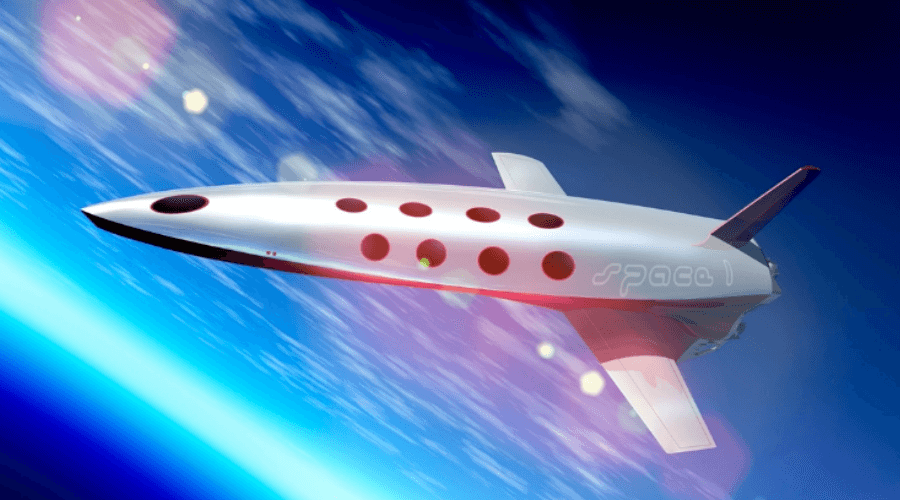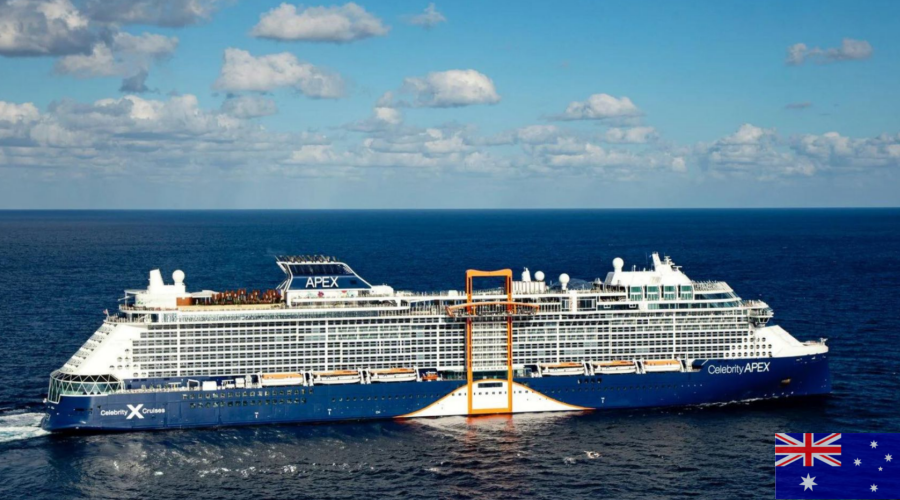The idea of space tourism has captured imaginations for decades. Once the stuff of science fiction, traveling to space for leisure is now a developing reality, thanks to companies like SpaceX, Blue Origin, and Virgin Galactic. But despite a few successful missions, space tourism remains a luxury only billionaires can afford. That leads to the big question: When will space tourism become affordable for the average person?
In this article, we explore the future of space tourism, what’s currently possible, what’s in development, and the factors that could make this dream achievable for millions in the coming years.
The Current State of Space Tourism
As of 2025, commercial space tourism is still in its early stages. The most notable missions have included suborbital flights from Blue Origin’s New Shepard and Virgin Galactic’s Unity, offering a few minutes of weightlessness and a stunning view of Earth from the edge of space. These flights, while short, are game-changing for the future of private space travel.
However, they come at a steep price. Virgin Galactic’s flights are priced around $450,000 per seat, while Blue Origin’s first ticket reportedly sold for $28 million. SpaceX’s missions—offering longer, orbital experiences—run into tens of millions of dollars per passenger. Clearly, space tourism is not yet within the reach of most travelers.
What Is Driving the Cost of Space Travel?
To understand when space tourism might become affordable, it’s important to understand why it’s so expensive today.
1. Launch Costs
Rocket launches are expensive. The fuel, engineering, technology, safety systems, and labor required make even a basic suborbital flight a high-cost endeavor. Reusable rockets—like those developed by SpaceX—are starting to reduce these costs significantly, but affordability is still a long way off.
2. Safety and Regulations
Human spaceflight involves enormous risk. Companies must meet stringent safety standards, invest in cutting-edge life support and emergency systems, and carry significant insurance liabilities. The more people travel to space, the more data companies collect to improve safety—but that takes time and money.
3. Infrastructure Development
We’re still building the infrastructure to support regular space flights. Launch pads, spaceports, training centers, and recovery systems all need further development. Until there’s a fully mature space tourism ecosystem, costs will remain high.
The Road to Affordable Space Tourism
The good news is that the path to affordability is already being paved. Experts believe that within the next two decades, ticket prices could drop dramatically—and it’s all thanks to innovation, competition, and economies of scale.
1. Reusable Rockets and Spacecraft
Reusable launch systems have already started to reduce costs. SpaceX’s Falcon 9 rocket and Starship, along with Blue Origin’s New Shepard, are designed to be flown multiple times. As these systems improve, the cost per launch could decrease by up to 90%, making room for cheaper passenger tickets.
2. Market Competition
As more players enter the field—such as Axiom Space, Orbital Assembly Corporation, and even international startups—competition will push prices down. In the same way commercial air travel became accessible in the 20th century, space tourism will likely follow a similar trend.
3. Space Hotels and Orbital Habitats
Companies like Orbital Assembly and Bigelow Aerospace are already working on space hotel concepts. These orbital stations would allow tourists to spend days or weeks in space. As the infrastructure grows, multi-day stays could become cheaper than quick, one-off flights.
4. Spaceports Around the World
Increased investment in global spaceports—from Florida to the UAE to Japan—will also help normalize space travel. More launch sites mean higher flight frequency, better logistics, and eventual cost reductions.
5. Technological Advancements
New propulsion systems, lighter materials, AI-powered flight management, and robotic maintenance are being developed to make space travel safer, faster, and more efficient. These innovations will eventually bring down the cost per trip.
When Will It Become Affordable for the Average Person?
Affordability is subjective, but most experts believe that within the next 15 to 20 years, suborbital flights could cost as little as $10,000 to $50,000—the price of a luxury vacation or car. Orbital stays may remain in the six-figure range, but financing options, memberships, or space travel loyalty programs could make it more accessible.
By the 2040s, mass-market space tourism could be a reality. Flights may be included in elite credit card benefits, travel packages, or corporate retreats. Some analysts even predict space-themed honeymoons or zero-gravity fitness vacations.
The Benefits of Space Tourism Beyond Leisure
Space tourism isn’t just about luxury trips. Its growth can benefit society in unexpected ways:
-
Accelerated innovation in aerospace and safety systems
-
Job creation in science, tech, and hospitality industries
-
Funding for space exploration and scientific research
-
Global cooperation through commercial space partnerships
-
Public engagement with space science and sustainability
By investing in tourism, we’re also investing in humanity’s future in space.
Ethical and Environmental Concerns
Of course, the rise of space tourism raises questions about its environmental impact and ethical implications.
-
Carbon emissions from launches are significant. However, some companies are exploring greener fuels and carbon offset programs to address this.
-
There’s also a question of inequality—will space always be a playground for the rich? Hopefully, over time, democratization will lead to greater inclusion.
-
Space debris management will be critical. More launches mean more potential clutter in Earth’s orbit, which poses risks for future missions.
What You Can Do Now to Prepare for Space Tourism
While space travel may still be years away for most, here are steps you can take now:
-
Stay informed by following developments from companies like SpaceX, Virgin Galactic, and Axiom Space.
-
Invest in space-related stocks or ETFs to benefit from the industry’s growth.
-
Join waitlists or space travel communities to be among the first to hear about ticket openings.
-
Build your health and fitness—space travel will require a medical screening and some physical readiness.
Conclusion
Space tourism is no longer a wild fantasy. It’s an emerging industry, driven by private companies, cutting-edge technology, and consumer interest. While it’s still expensive today, the trajectory points to a future where space travel could be as common as international vacations are now.
So when will space tourism be affordable? Probably not next year—but if the current pace of innovation continues, your dream of seeing Earth from space could come true sooner than you think.
You can also read more this article – https://dmyay.com/how-to-travel-in-style-without-breaking-the-bank-insider-secrets/







